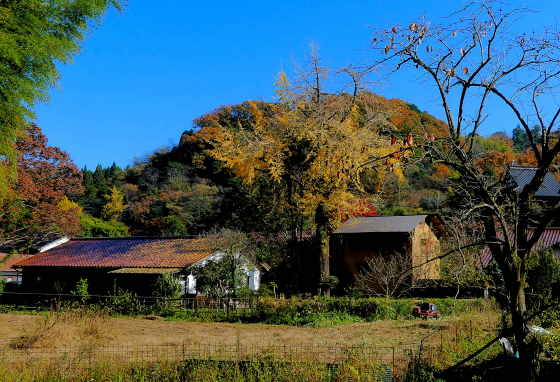After leaving Chokoji Temple it was just half an hours drive u to Omori In Iwami Ginzan. On arrival we were treated to a classic Autimn scene,.... harvested rice in front of a thatched farmhouse.
Omori is the most visited of the haf dozen sites that make u the Iwami Ginzan UNESCO World Heritage Site, and is the settlement below the mine where the merchants, samurai, and bureaucrats lived.
Omori is primarily a long, single street alongside a small stream. We started at the top of the village and walked down to the bottom where the most important people lived.
There are a couple of side lanes that usually lead to temples, and its here that you find a kittle autumn color.
However, at the bottom of the village is the main shrine, and here we found an abundance of Autumn colr, so that will be next up.....































































